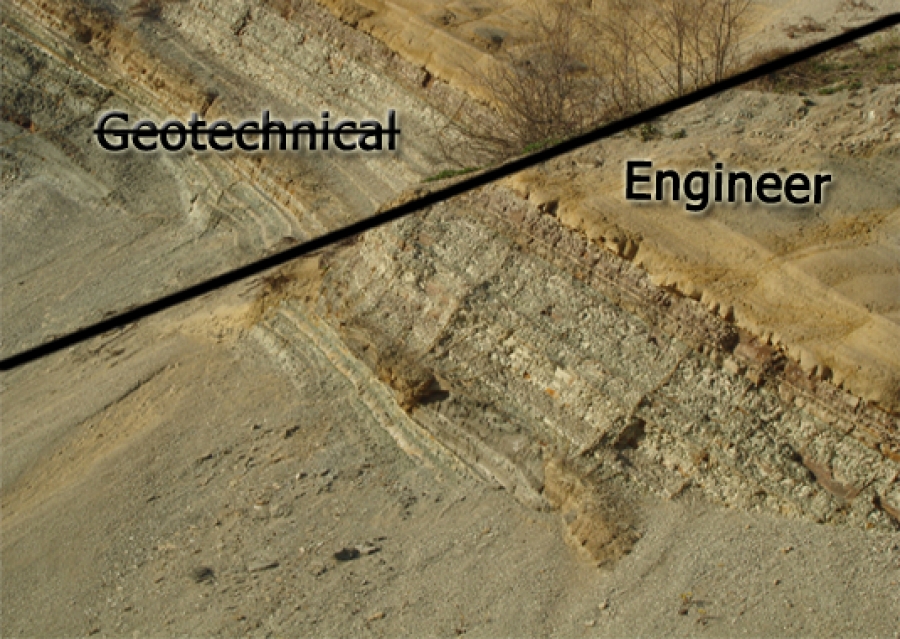Exactly How Consulting Civil Design Firms Add To Effective Task Management and Style Implementation
Consulting civil design firms are integral to the success of building and construction jobs, merging technical proficiency with critical oversight. By focusing on style optimization and threat reduction, these companies ensure that jobs are not only practical but additionally sustainable and cost-effective.
Function of Civil Designers
Comprehending the duty of civil engineers is important for the effective administration of construction tasks. Civil engineers act as the backbone of framework advancement, guaranteeing that jobs are developed and executed to satisfy security, sustainability, and functionality requirements. Their know-how encompasses different facets of engineering, including architectural, ecological, and geotechnical specialties.
Civil engineers are accountable for performing feasibility studies, which examine the stability of suggested tasks by assessing financial, technological, and environmental variables. They establish thorough blueprints and specifications, integrating ingenious options to optimize materials and resources. During the building and construction stage, civil designers oversee the task, collaborating with stakeholders, service providers, and architects to ensure adherence to make requirements and governing needs.

Job Planning Methods
Reliable task preparation approaches are important for making sure that building and construction tasks are executed efficiently and efficiently. Consulting civil engineering companies play an important function in this process by employing extensive preparation approaches that attend to different job phases. At first, a detailed analysis of task extent and client needs is performed, permitting for the recognition of crucial milestones and deliverables.
Additionally, these firms make use of devices such as Gantt charts and project management software program to develop in-depth timelines, allowing effective organizing of jobs and resource allotment. This structured strategy aids to expect potential traffic jams and designate necessary resources proactively. Risk monitoring is one more essential part; firms conduct threat evaluations to determine possible problems that can occur during the task's lifecycle, implementing reduction methods to minimize disturbances.
In addition, stakeholder interaction is stressed throughout the planning stage. Normal communication with customers, specialists, and neighborhood authorities makes sure that all parties are lined up with task goals and timelines. By integrating these approaches, getting in touch with civil engineering firms boost the likelihood of project success, making sure adherence to spending plan restrictions and regulatory requirements while promoting a collective setting.
Layout Optimization Techniques
Design optimization strategies are important for enhancing the performance and sustainability of civil design tasks. These techniques involve the systematic analysis of design parameters to attain the most effective possible results while minimizing prices and resource use. By using sophisticated computational devices and algorithms, engineers can examine various style options and choose one of the most effective choices based upon certain job requirements.
One extensively made use of strategy is parametric layout, which permits for the adjustment of layout variables to observe their influence on general project performance. This repetitive process results in innovative solutions that not only satisfy useful needs yet likewise follow environmental standards. In addition, techniques such as worth engineering concentrate on enhancing project elements to maximize worth while minimizing unneeded expenses.
In addition, the combination of Building Details Modeling (BIM) assists in much better cooperation amongst stakeholders, making it possible for real-time changes and enhancements to layouts. This alternative view cultivates a detailed understanding of the project, leading to informed decision-making. Inevitably, efficient layout optimization methods lead to boosted job timelines, reduced waste, and boosted structural performance, adding to the total success of civil engineering undertakings.
Risk Monitoring Techniques
Threat administration methods are crucial in ensuring the successful distribution of civil engineering jobs, as they help determine, assess, and alleviate potential dangers that can impact job end results. Effective danger management is a methodical procedure that involves the identification of threats, evaluation of their probability and influence, and the advancement of strategies to address them.
Consulting civil engineering companies generally utilize a mix of quantitative and qualitative risk evaluation strategies (geotechnical engineering companies in south africa). Qualitative techniques, such as brainstorming sessions and skilled meetings, help gather insights on prospective dangers from numerous stakeholders. Alternatively, quantitative techniques include analytical evaluation and modeling to establish the probability and potential impact of identified threats
As soon as threats are assessed, firms execute mitigation techniques, which may consist of threat evasion, transfer, decrease, or acceptance. This could involve redesigning project components to get rid of dangers or securing insurance coverage to balance out potential financial losses. Continuous tracking and evaluation of risks throughout the project lifecycle are also important, permitting prompt changes to anchor run the risk of monitoring methods as new risks emerge.
Collaborative Interaction Practices
Enhancing job outcomes via collective communication practices is essential for consulting civil design firms. Effective communication promotes a culture of openness and count on amongst stakeholders, which is crucial for the successful execution of design tasks. By carrying out structured interaction channels, companies can guarantee that all parties-- customers, service providers, and employee-- are straightened on project timelines, objectives, and deliverables.
Routine conferences, both casual and formal, assist in the exchange of concepts and responses, enabling for real-time analytic and decision-making. Using joint tools such as task management software urges documents and tracking of progression, while enabling instant accessibility to important details.
Additionally, energetic listening and open dialogue are vital elements in a collaborative setting. By valuing diverse perspectives, companies can introduce and adapt styles that satisfy both technological demands and customer expectations. Additionally, promoting a team-oriented ambience minimizes misconceptions and boosts the overall top quality of work.

Conclusion
In final thought, consulting civil design firms are important to successful job management and layout application. Inevitably, the competence and methodologies used by consulting civil click this site engineers dramatically contribute to attaining project objectives while optimizing and decreasing costs resource usage.

In final thought, getting in touch with civil engineering this hyperlink firms are indispensable to successful job administration and design execution.